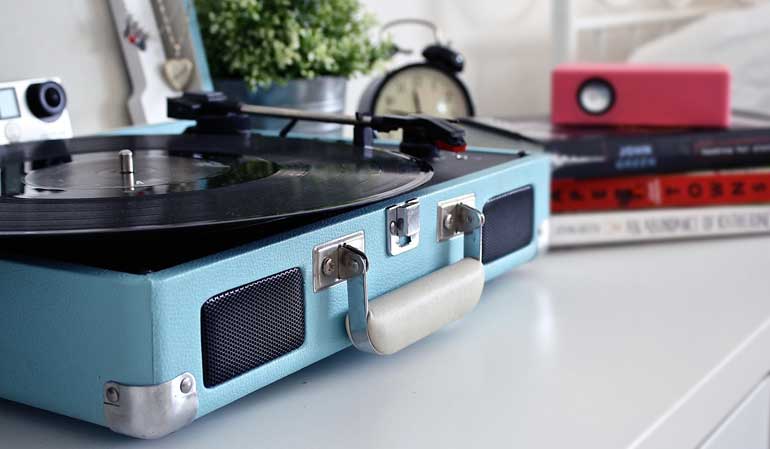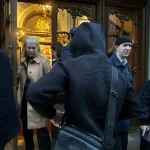Music has always adapted to changes in technology, from cassettes to streaming platforms. Yet in recent years, a surprising trend has re-emerged: the rise of vinyl concerts and audio-focused experiences. While most listeners still consume music digitally, many artists are now offering recordings pressed on vinyl as part of live shows. The appeal is not just nostalgia but a deeper rethinking of how music should be experienced. Just as communities gather around online spaces to exchange strategies in a royal fishing game, fans of vinyl concerts are drawn to shared rituals, physical collections, and unique forms of engagement.
Why Vinyl Concerts Are Returning
Vinyl never fully disappeared, but it was long overshadowed by digital formats. Its current revival reflects a shift in both listening habits and industry economics. For artists, selling vinyl recordings of concerts is not just about offering merchandise. It represents a tangible way to extend the live experience beyond the venue.
Concertgoers often seek something lasting to connect them with the event. A digital download may be convenient, but it lacks the weight and ritual of a physical record. Vinyl captures the performance, imperfections and all, in a format that demands time and attention from the listener.
The Economics of Experience
The modern music industry faces challenges around revenue. Streaming pays less per play than traditional album sales once did. Live performances, therefore, have become the main source of income for many musicians. By producing limited-edition vinyl concert recordings, artists create an additional revenue stream tied directly to the performance.
This approach also increases perceived value. Unlike digital files, vinyl records carry scarcity. Fans often treat them as collectibles, which encourages higher demand. This scarcity model has been used in other industries for years and now provides artists with a sustainable way to extend the financial life of a single concert.
Rituals of Listening
One of the reasons vinyl has endured is the way it changes listening habits. Streaming often fragments attention. A listener can skip songs in seconds or create playlists that dilute the album experience. Vinyl requires something different. The act of placing the needle on the record, flipping sides, and hearing slight imperfections encourages a more focused connection with the music.
When applied to live concert recordings, this ritual offers fans the sense of being transported back to the performance. The vinyl format encourages them to replay not just the songs but the atmosphere of the event. In this way, the medium itself becomes part of the artistic experience.
Beyond Nostalgia
It would be easy to dismiss vinyl’s resurgence as nostalgia. While the connection to older formats certainly plays a role, the phenomenon is more complex. Younger audiences, many of whom grew up entirely in the digital era, are increasingly drawn to physical music. For them, vinyl concerts are less about remembering the past and more about participating in a unique community practice.
This also highlights a broader trend in cultural consumption. In a digital age, people often seek out physical artifacts to balance their online lives. Vinyl concerts satisfy that desire by offering something to hold, display, and share.
Expanding Creative Control
For artists, vinyl concerts also provide new creative opportunities. Some musicians use the format to experiment with set lists, include extended improvisations, or release versions of songs that differ from studio albums. The limitations of vinyl—its length, sound texture, and physicality—force choices that can reshape the artistic statement of a performance.
This creative control has parallels to earlier eras when albums were designed as cohesive works rather than playlists of singles. By reintroducing vinyl into the concert space, artists reclaim some of that storytelling power.
The Future of Audio Experiences
The renewed interest in vinyl concerts points to a broader movement in the music industry: the selling of experiences rather than just content. As streaming makes music more accessible but also more disposable, artists look for ways to deepen connections with their audiences. Physical audio experiences—whether vinyl, cassettes, or other analog formats—offer one solution.
At the same time, technology will likely continue to shape how these experiences evolve. Vinyl may coexist with digital innovations rather than replace them. Some artists already bundle digital codes with physical records, ensuring that fans can enjoy convenience without sacrificing ritual.
The return of the vinyl concert is more than a passing trend. It reflects changing values in both the industry and among listeners. For artists, it is a way to diversify income and assert creative control. For fans, it offers ritual, collectibility, and a sense of belonging. While digital platforms dominate the distribution of music, the persistence of vinyl shows that physical audio experiences still hold meaning. In a time when music consumption is often fragmented, vinyl concerts bring back continuity, focus, and connection—qualities that audiences continue to seek in the evolving soundscape.









